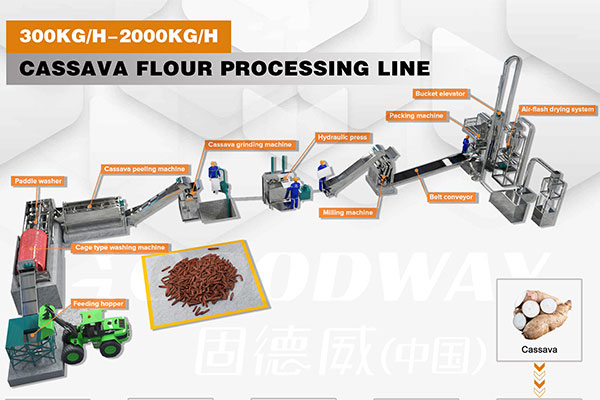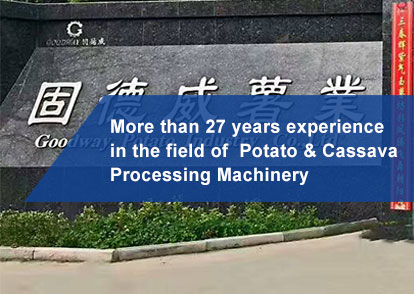In the production of starch and starch-based products, impurities such as sand, coarse fibers, and proteins can significantly impact the quality of the final product. High levels of impurities can lead to poor color, lower grade, and unsatisfactory taste in 粉丝, 粉条, and 粉皮 products. Understanding the root causes of these impurities is crucial for ensuring the purity and quality of starch products.
Insufficient Raw Material Cleaning
The primary source of sand impurities in starch is the raw material itself. If the raw material, such as potatoes or cassava, is not thoroughly cleaned during the initial stages of processing, sand and dirt particles can easily enter the starch extraction process. This often occurs due to inadequate washing techniques or a lack of rigorous screening to remove soil and stones.
Improper Sedimentation and Stirring Methods
During the sedimentation process, selecting the right container and stirring method is crucial. Round-bottomed containers with a slight indentation at the center, such as large vats or round pools, are preferred as they allow for easier collection of sediment. Stirring the starch slurry in a controlled manner, creating a vortex, can help concentrate impurities for easier removal. However, random stirring or stirring that does not create a vortex can result in impurities remaining mixed within the starch layer.
Coarse Sieve Mesh and Lack of Secondary Filtering
The sieve mesh used during pulp separation significantly impacts the amount of impurities in the final starch. Using a coarse mesh (around 60 mesh) allows fine particles, including coarse fibers, to pass through alongside the starch slurry. A secondary filtering step with a finer mesh (around 120 mesh) is crucial for removing these impurities. Goodway's fine filters and microfilters, with mesh sizes ranging from 120 to 260, are designed specifically for extracting high-purity starch and ensuring fine filtration.
Inadequate Protein Separation
Proteins in starch slurry need to be effectively separated to avoid contamination. Methods like acid slurry precipitation and mechanical separators like starch hydrocyclones can help, but improper operation or machine malfunction can lead to protein contamination in the starch slurry.
Irregular Operating Practices
Operational irregularities, such as mechanical operations too close to sedimentation tanks, damaged sieves, unclean contact surfaces, and improper handling of starch during washing and drying, can all lead to increased impurity levels in the final starch product.
To ensure the production of pure and high-quality starch, it is essential to identify and address the root causes of excessive impurities. Implementing strict cleaning protocols, using appropriate equipment and containers, and adhering to standardized operating procedures can significantly reduce impurity levels and improve the overall quality of starch products.

 EN
EN
 fr
fr  es
es  it
it  pt
pt 








